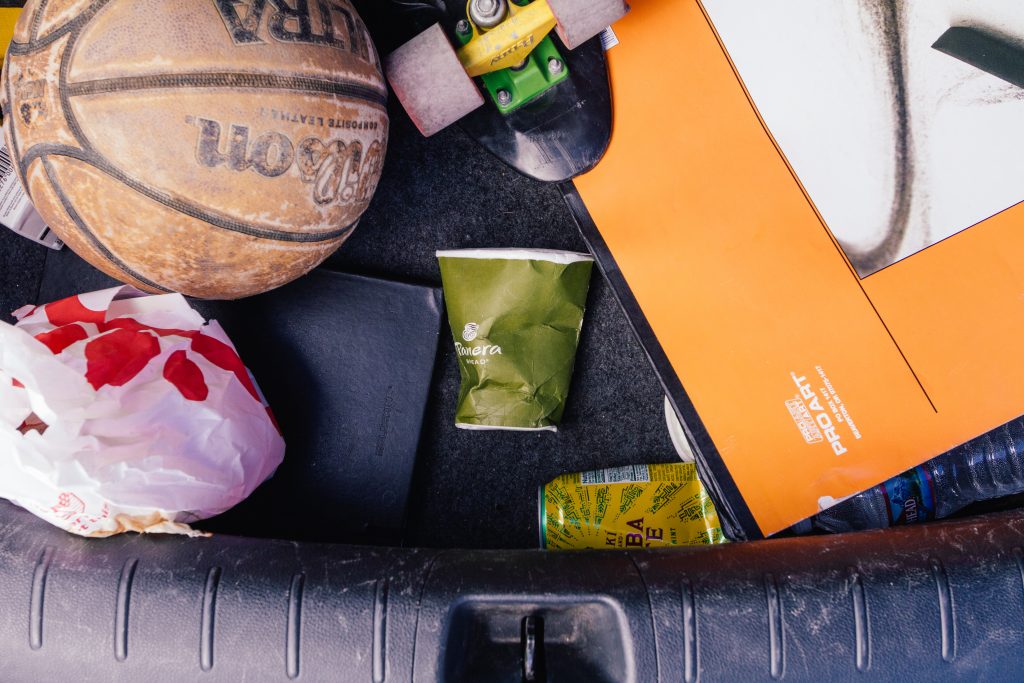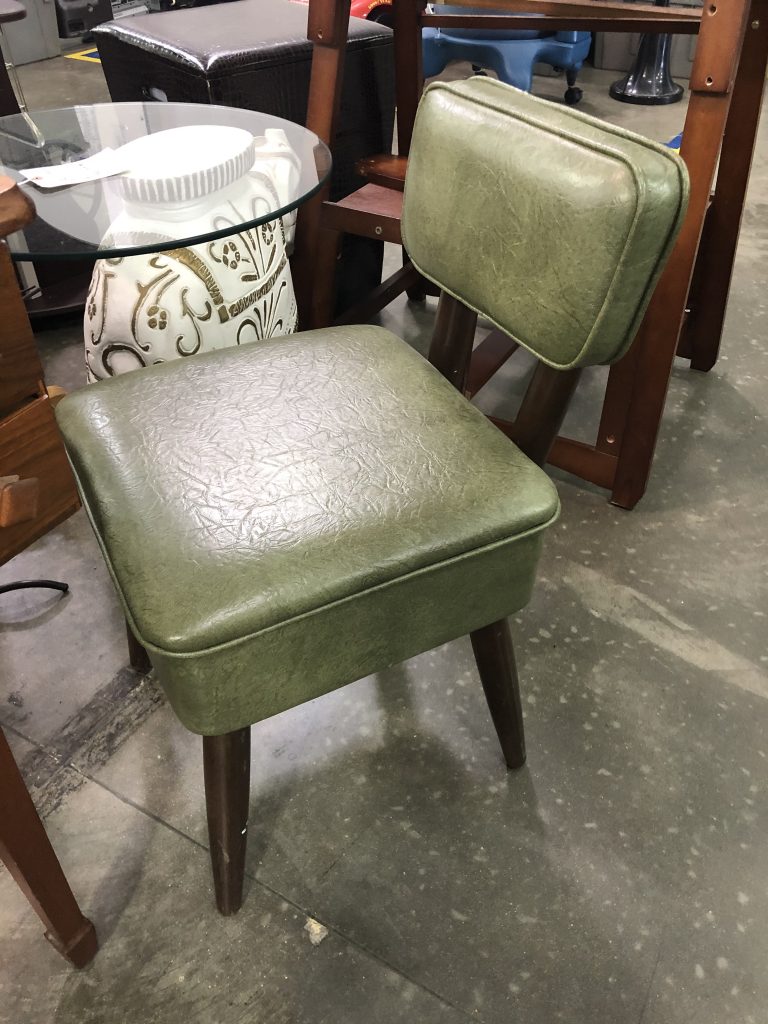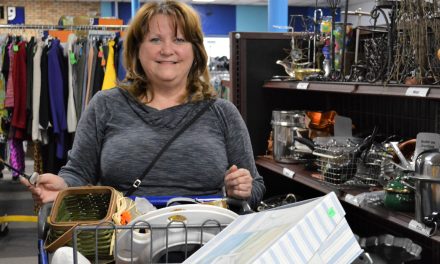You’ve just stress-cleaned the house and have several boxes of organized unwanted belongings. You’re done refreshing your wardrobe from winter to spring and own some fun clothes that you want someone else to enjoy. You’re moving and have some good furniture that you want to part with. The question many of us are asking in all three of these scenarios is, “Where can I donate these items right now?”
COVID-19 has shaken up Donation Centers across the country, preventing them from providing services to the community, due to reasons related health, safety and limited space. As a result, our unwanted items temporarily have fewer places to be sent for re-use. Despite this challenge, here are some reminders and suggestions on what to do with your donations, to prevent them from becoming waste, and hurting the organizations they were originally supposed to help.
1.) Patience is a Virtue.
The goal of spring cleaning is to have a clean, organized home. But with Donation Centers closed, there’s no place to bring those unwanted items that were supposed to be cleared from one’s space. To help with this issue, we recommend finding a place in the home, whether in a closet or a corner, to house those items for the time-being.
Sometimes, especially now, it seems like clearing your home of unwanted goods is an urgent action – something that needs to happen pronto – but it can wait. Temporarily storing items now won’t cause the sky to fall.
2.) Dumping is Disastrous.

Donation Centers or Donation Collections receptacles are places that contain donations – and store things inside of them. Thus, if a center is closed or bin is overflowing, do not dump or leave items outside of them, especially if closed and at capacity. Dumping is illegal and/or disastrous because:
- Items left outside can be damaged by the weather and environment – making the items no longer usable or sellable guaranteeing they will wind up in the dump.
- Items left outside hurt the environment. Wet plastics get into the water supply, items breakdown and litter the community….the list goes on.
- Donations left outside eat into the funds of nonprofits and organizations whose mission it is to do good. There’s a cost attributed to cleaning up damaged items and debris. Would you leave a bag of personal items that you don’t want outside of your favorite restaurant or cafe that’s closed? Nope. The same goes for Donation Centers. Just because it’s labeled a Donation Center doesn’t mean it’s a place to dump. It’s still closed for operations and until it opens, no one can clear out the things you left behind.
3.) Share Love With Friends.
Have perfectly good items that you think friends might want or like? Reach out to them to see if they will become the new home to your fashions and furnishings! Instagram, Facebook, email….these are all great places to post about items that you want to be reused. Once claimed by friends, you can mail them out or leave ’em on a covered doorstep.
4.) Solutions For Furniture.
Furniture can be one of the most difficult items to move and store. So that your item will keep on living – away from the trash – sites like these are places to resell items on the cheap:

- Craigslist.com
- Facebook Marketplace
- Facebook Groups focused on Virtual Yard Sales and Swapping
- Community sites such as Nextdoor.com
5.) Wash, Mend and Rescue!
Did your favorite shirt lose its button? Are you donating some items that could be mended? Jackets that could be decorated with patches and paint?
Before dropping an item into a donations pile, consider how you can extend its life in your own closet. Perhaps learning to sew a button or vinegar-rinsing a white shirt will not only help you save some of your favorite fashions, but also help you save money by not needing to replace them.
Donating your items to charity is supposed to be a good thing – for the community and the environment. Think before you donate or you could wind up hurting both. Thank you!







